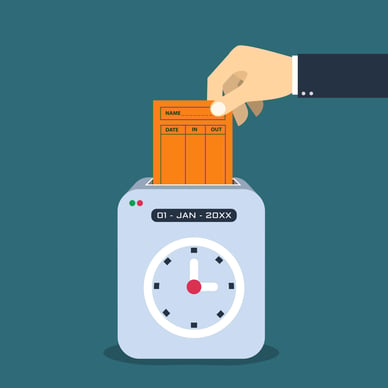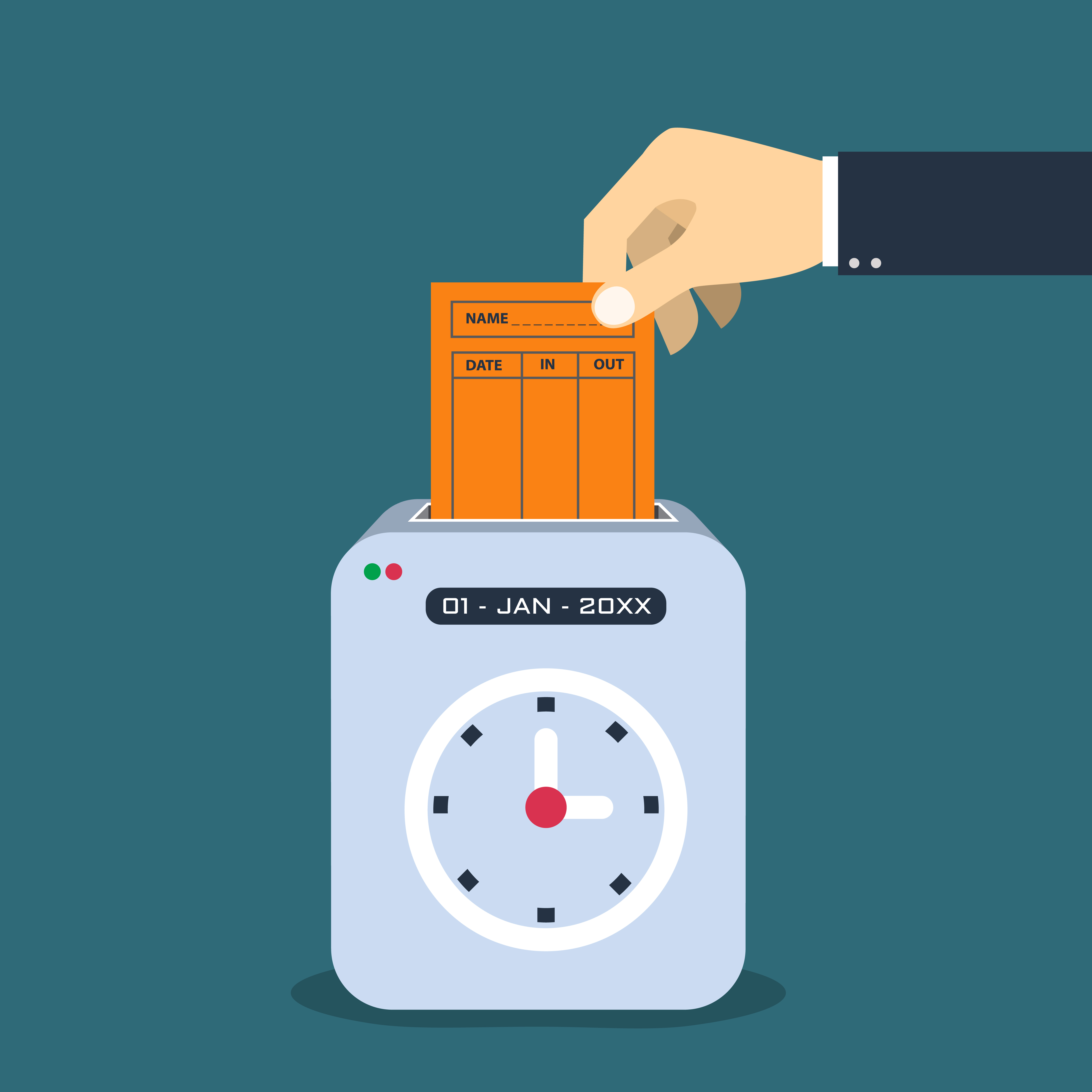Pay day. A day to count down to and celebrate, right?
The anticipation, the joy, the money! 
While that’s true for most people, you’re responsible for the payroll process. To you, payday—the day you dread most—comes around all too often.
If you work in accounting or payroll, you know the ills of the business. You waste precious time and money on invoices and hours and commission. As you finally cut that last check you try to forget you have to start the payroll process all over again. Pay day will be here in two weeks!
Instead of spending all your time on clock-ins, try a few simple changes to make you more productive at work and help grow your business.
Follow these eight practices for a productive payroll process:
Go automated.
Before we get into any trade secrets or tips, we need to discuss one thing: payroll systems. The first thing you need to do is toss out that spreadsheet and scratch paper. Manual payroll not only wastes a lot of your time and productivity but also puts you at risk for human error. If you only get one thing from this article, hear this: get automated payroll services. Thank me later.
Take inventory.
Determine where you’re spending the most time and money in the payroll process. Evaluate what works well and what’s not working at all. By identifying the actual problems, you will understand what needs to change and become more efficient.
Be transparent.
Communicate payroll policies and procedures to employees from the beginning. As changes occur, update your employees. Inform employees on procedures like how you determine benefits, salaries, and bonuses for your business.
While it may seem time consuming, this practice will be a timesaver in the long run. This practice will keep you from answering the same question over and over again. If employees seem surprised by something, point them to the notes from your payroll policies meeting.
Get direct deposit.
Having a direct deposit ACH system benefits not only the employer and the accounting department but also the employees. With direct deposit, everyone wins! No more printing, sealing, and delivering checks for you, and no more dreaded trips to the bank for them. The environment will thank you for your green efforts.
Keep a calendar.
Map out a payroll calendar with important dates and deadlines—then do your best to stick to it. This will be especially useful if you have multiple types and classifications of workers who have different pay schedules.
Conduct audits.
Just like taking inventory, it’s important to assess your systems and procedures on a regular basis. Check up on your payroll software, processes, and staff to ensure everything is operating as it should be. Effective payroll audits can include evaluating paperwork and operations, testing plug-ins, or even installing a check-in system to automatically record clock-in times.
Process payroll wherever you are.
Since you’re switching to automated payroll, why not utilize a cloud-based payroll system that allows you to access payroll processing from anywhere? Use a payroll system that integrates with mobile devices and hardware to track time anywhere you need it and maintain control of payroll.
Integrate with a workforce management system.
Payroll isn’t the only thing you need to have automated. Using workforce management software for HR management, scheduling, time & attendance, compliance tracking, and payroll will keep everything you need for managing your workforce in one system (accessible anywhere). Spend less time trying to manage different systems, and more time empowering your employees.
Want to stop wasting time and money on payroll? Get the guide to saving time on payroll to learn best practices for boosting productivity, saving time, and getting your life back from payroll.


